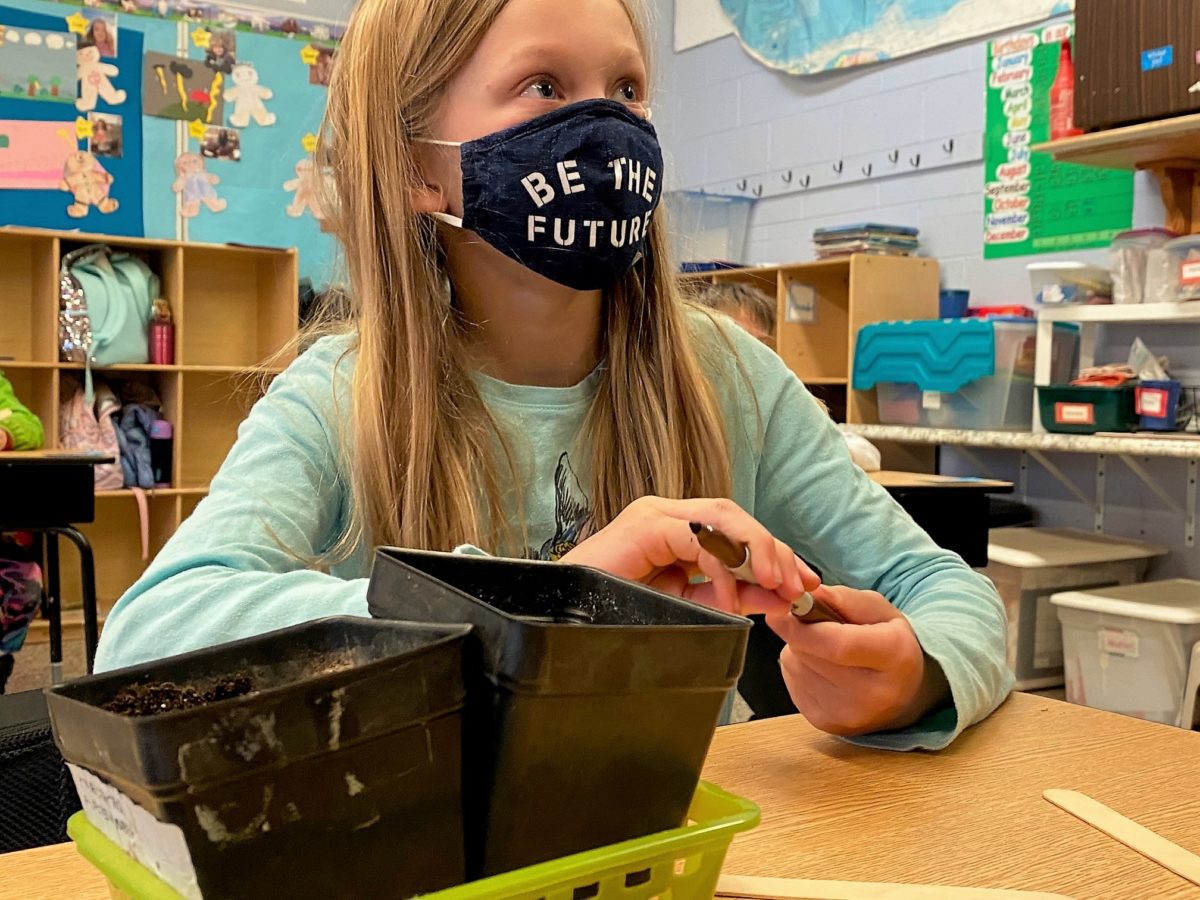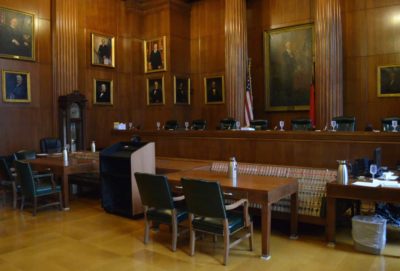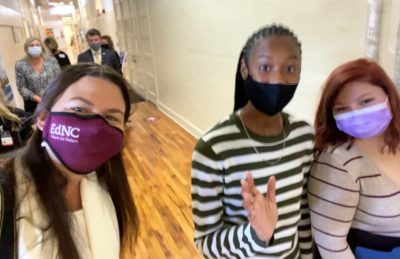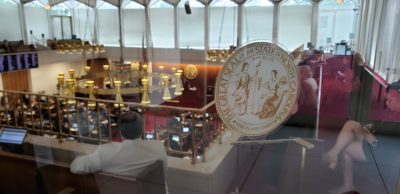
In addition to enrollment, here are the public school issues EducationNC is watching and worrying about in 2022, especially relative to whether our educators have the bandwidth in the middle of a pandemic to advocate for themselves and the profession.
A new licensure plan that would change how teachers are compensated
This new licensure plan is likely to be introduced in the long session of the legislature beginning in 2023 which gives educator this year to weigh in. The Professional Educator Preparation and Standards Commission (PEPSC) and then the N.C. State Board of Education will take the plan up next. Superintendent of Greene County Patrick Miller currently chairs PEPSC, and who leads that commission will continue to be worth watching.
How our public schools are funded
In the budget passed by the legislature, there is a provision — section 7.17(a) of Senate Bill 105 titled “full-time equivalency of public school students — directing the N.C. State Board of Education to figure out a formula for using full-time equivalency as a measure for per-pupil funding rather than ADM. Full-time equivalency, also known as FTE, is a way to measure the amount of course hours taken by students to fund, typically, institutes of higher learning, such as universities and community colleges.
The provision directs the State Board to report to lawmakers by April 15, 2022 on an FTE formula.
A move to funding based on FTE rather than ADM would be a departure from the way education has traditionally been funded in North Carolina. We are watching for the overall impact on public school funding as well as the impact on public schools providing services to homeschool students and for community colleges serving public school students.
How did we get here?
Back in 2009, the legislature commissioned an evaluation of North Carolina’s school finance system by Denver-based consulting firm Augenblick, Palaich and Associates (APA). A final report was submitted to lawmakers in September 2010, entitled “Recommendations to strengthen North Carolina’s school funding system,” and while there was bipartisan support for pursuing school finance reform, it was put on hold because of the Great Recession.
Five years later, after the recession abated, the legislature asked the now defunct Program Evaluation Division to prepare this report. Hold on for the name of the report: “Allotment-specific and system-level issues adversely affect North Carolina’s distribution of K-12 resources.”
A legislative commission was convened in 2017 to take up the recommendations and the reports. It seemed like legislation might be taken up and then COVID happened.
The special provision in the budget could lead to significant changes in the appropriations for public schools. Please stay tuned and prepare to weigh in.
On Leandro and providing a sound, basic education to our students
The Leandro case continues to unfold, and now it is before the N.C. Supreme Court again.
From who is a party to the merits of the case, it now also raises broader questions, including separation of powers of the executive, legislative, and judicial branches of government. Here is information on how to follow the case.
In a sobering moment for me this year, an educator now philanthropist wondered when and if the case would lead to dollars for a classroom, school, or district.
In addition to the court case, here are some things to watch this year:
A federal constitutional right?
In my travels, most people don’t realize there isn’t a right to education afforded by the U.S. Constitution. But now there is the beginning of a movement to create a federal constitutional right to a quality education. You can watch a conversation about the potential impact this could have on closing racial and economic achievement gaps in America here.
Inputs versus outcomes
In light of the Republican wins in the legislature in 2020, considering Leandro through a conservative lens could help find common ground.
First question. Is public education an appropriate role of government? Consider the percentage of students educated in public schools.
Second question. What percent of students are not getting a sound, basic education, and are there district by district differences?
While the court, the WestEd report, and the comprehensive remedial plan have considered outcomes, increasingly the case has become about inputs.
Recently, I asked two principals how many of the kids in their schools were not receiving a sound, basic education. Silence first. Then they both shook their heads. If it were up to you, I asked, how would you assess whether a sound, basic education is being provided? We need a way for teachers, principals, and superintendents to think about whether they are providing their students a sound, basic education.
Chief Justice Burley Mitchell said the opinion of the court in 1997, “An education that does not serve the purpose of preparing students to participate and compete in the society in which they live and work is devoid of substance and constitutionally inadequate.”
What outcomes matter? Kindergarten readiness? Literacy? Financial literacy? School attendance? A transition plan for dropouts? ACT? FAFSA? High school graduation? A transition plan to career or college? Earning a family-sustaining living wage?
How do we measure those outcomes and what are the benchmarks? One possibility is to align outcomes with the myFutureNC performance indicators.
Third question. Is there a fiscally-responsible approach to additional investments towards those outcomes district by district with evaluation?
Fourth question. Could innovation play a role in moving us more quickly towards those outcomes?
In addition to the court case, we are watching what’s happening with the Hunt-Lee Commission, which will report its recommendations in April, and the N.C. House Select Committee on an Education System for North Carolina’s Future, which begins its deliberations today.
Editor’s Note: Patrick Miller serves on the board of EducationNC.



